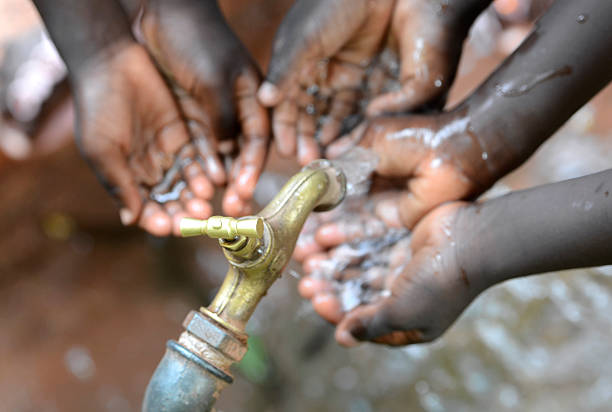Understanding and Preventing Cholera: A Comprehensive Guide

Understanding and Preventing Cholera: A Comprehensive Guide
Cholera, an acute diarrheal illness caused by the bacterium Vibrio cholerae, remains a significant public health concern in many parts of the world. This disease can lead to severe dehydration and death if untreated. Understanding the causes, preventive measures, and initial treatment options is crucial in mitigating its impact. This article explores the nature of cholera, its causes, effective prevention strategies, and first-aid measures for early-stage symptoms.
What is Cholera?
Cholera is an infectious disease characterized by excess watery diarrhea, vomiting, and severe dehydration. It primarily spreads through contaminated water and food. The illness can escalate rapidly, becoming life-threatening within hours if not managed promptly.
What are the Causes of Cholera?
The causative agent of cholera is Vibrio cholerae, a gram-negative, comma-shaped bacterium. There are several strains of Vibrio cholerae, but the most significant in terms of epidemic potential are the O1 and O139 serogroups. These bacteria produce a potent enterotoxin known as cholera toxin, which disrupts the normal absorption and secretion of water in the intestines, leading to rapid fluid loss and dehydration.
Cholera outbreaks typically occur in regions with inadequate water treatment, poor sanitation, and insufficient hygiene practices. Factors contributing to cholera transmission include:
- Contaminated Water Sources: Drinking or using untreated water from rivers, ponds, and other bodies of water contaminated with fecal matter can introduce Vibrio cholerae into the body.
- Food Contamination: Consuming raw or undercooked seafood, fruits, and vegetables washed with contaminated water can also lead to infection.
- Poor Sanitation and Hygiene: Inadequate waste disposal and lack of proper handwashing facilities promote the spread of cholera, especially in densely populated areas.
- Direct Person-to-Person Transmission: Although less common, direct contact with an infected person's feces can spread the bacteria.
How to Prevent Cholera Infection?
Preventing cholera involves a multifaceted approach that focuses on improving water quality, sanitation, and personal hygiene practices. Here are key preventive measures:
Access to Safe Water
Ensure that drinking, cooking, and washing water is treated and safe. Boiling water, using chlorine tablets, or employing water filters can effectively kill or remove Vibrio cholerae.
Sanitation Improvements
Proper sewage disposal and waste management systems are essential. Constructing and maintaining latrines can significantly reduce the risk of contamination.
Hygiene Practices
Regular handwashing with soap and clean water, particularly after using the toilet and before handling food, is critical in preventing the spread of cholera.
Food Safety
Cook food thoroughly, especially seafood. Peel fruits and vegetables before consumption and wash them with safe water.
Health Education
Public awareness campaigns about the transmission and prevention of cholera can empower communities to take proactive measures.
Vaccination
Oral cholera vaccines (OCVs) are available and recommended for high-risk areas. These vaccines provide short-term protection and are particularly useful in outbreak settings.
First Aid Approach in the Early Stage
Early recognition and prompt management of cholera are vital to prevent severe dehydration and death. Here are the steps to take when cholera is suspected:
Rehydration
The primary treatment for cholera is rehydration. Oral rehydration salts (ORS) are a lifesaving measure that can be administered at home. ORS solution can be prepared by dissolving pre-packaged ORS packets in clean water or using a homemade solution (1 liter of water mixed with 6 teaspoons of sugar and 1/2 teaspoon of salt).
Seek Medical Attention
While rehydrating, it is essential to seek professional medical care. Severe cases may require intravenous fluids and antibiotics to manage dehydration and infection.
Monitor Hydration Status
Continuously monitor the patient’s hydration status. Signs of severe dehydration include dry mouth, sunken eyes, decreased urine output, rapid heartbeat, and low blood pressure.
Maintain Cleanliness
Ensure that the patient’s environment remains clean. Properly dispose of waste and disinfect contaminated surfaces to prevent further spread.
Nutritional Support
Continue feeding the patient with easily digestible food to maintain nutritional status. Breastfeeding should continue for infants.
Conclusion
Cholera, though potentially deadly, is preventable and manageable with the right knowledge and resources. Improving access to clean water, sanitation, and hygiene practices is foundational to preventing outbreaks. Public health education and vaccination support these efforts, especially in high-risk regions. In cases of infection, prompt rehydration and medical care are crucial.
